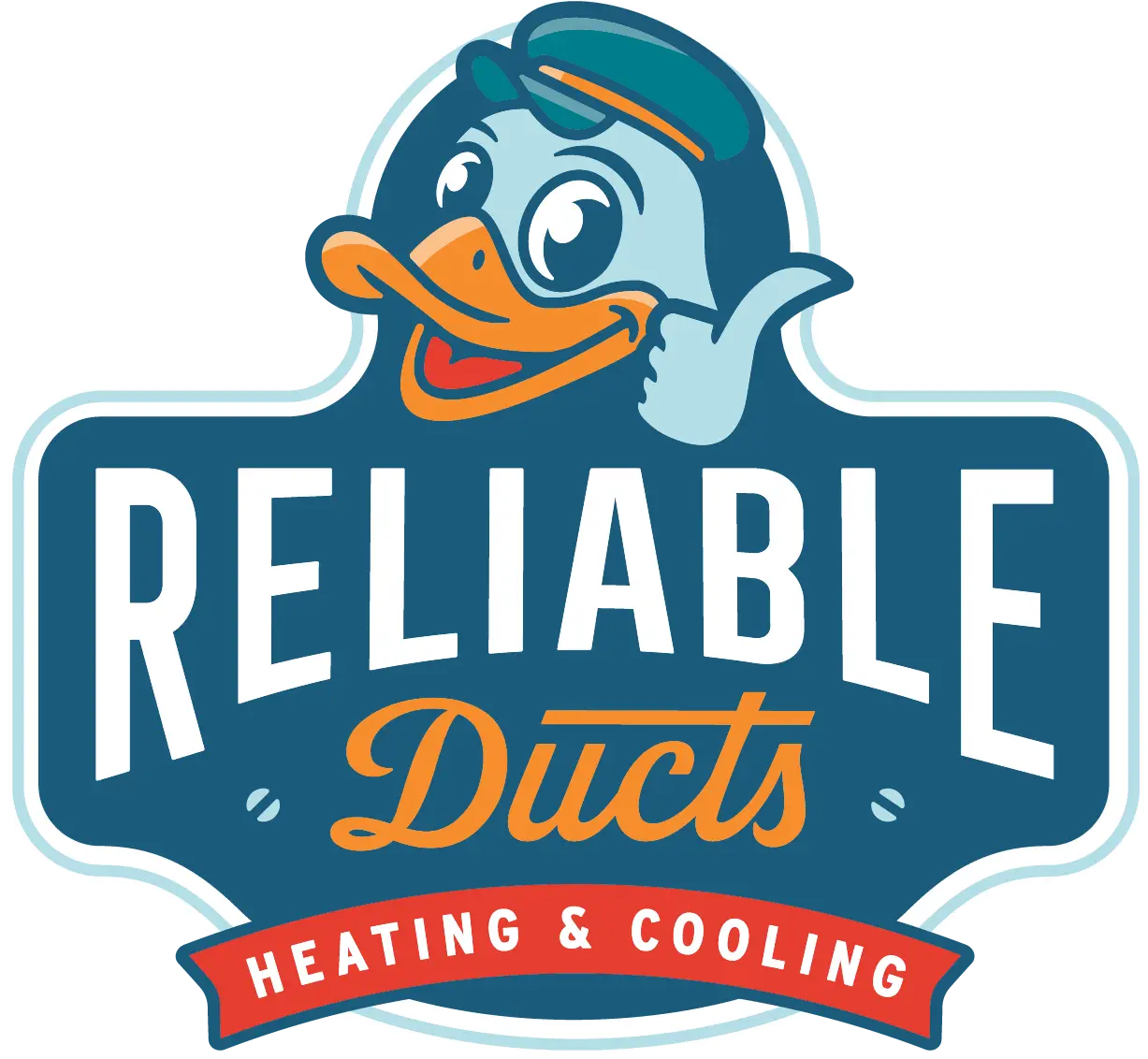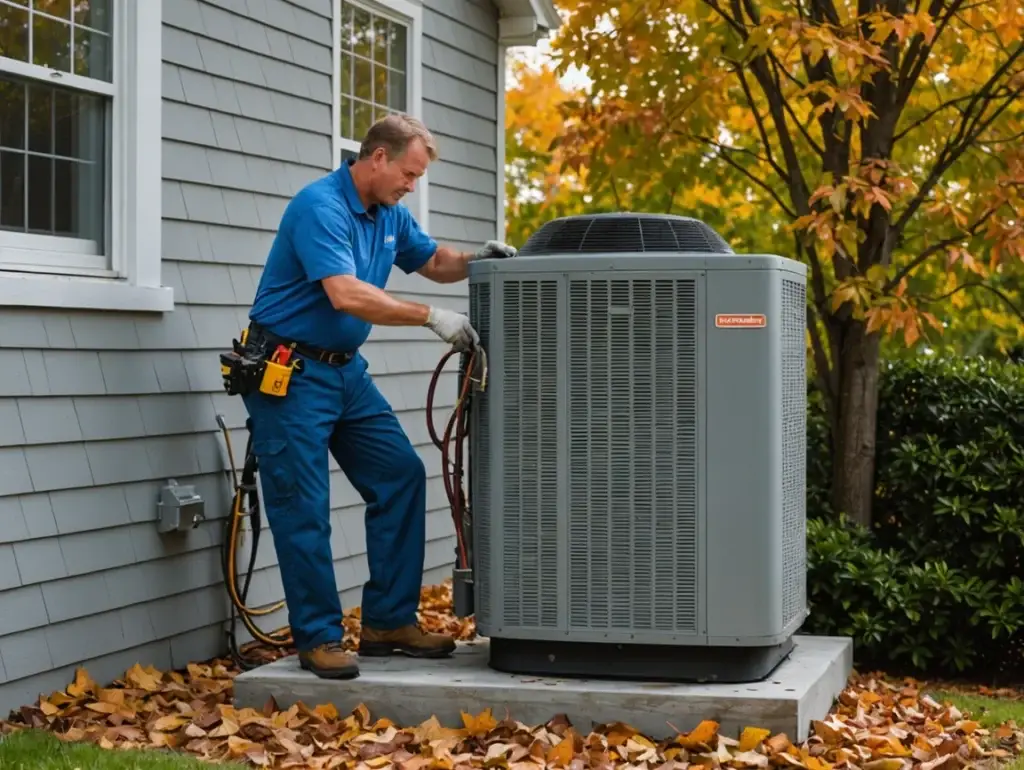[vc_row][vc_column][vc_column_text]Maintaining the right level of refrigerant in your HVAC system is crucial for its efficient operation. Refrigerant, the fluid essential for the heat transfer process in air conditioning and refrigeration systems, must be at a precise level for optimal performance. If the levels are too low, it can lead to higher energy costs, reduced cooling power, and even damage to the system. Here’s how you can tell if your HVAC system might be running low on refrigerant.
Signs of Low Refrigerant Levels
- Reduced Cooling Capacity:
One of the most noticeable signs of low refrigerant is a decrease in the system’s cooling efficiency. If your air conditioner is taking longer than usual to cool your home or struggling to maintain a consistent temperature, it might be due to insufficient refrigerant.
- Hissing or Bubbling Noises:
Leakage is a common reason for low refrigerant levels. If you hear hissing or bubbling noises coming from your HVAC unit, it could be the sound of refrigerant escaping through cracks or holes in the coils.
- Ice Buildup on the Evaporator Coils:
Insufficient refrigerant causes the evaporator coils to become too cold, leading to moisture in the air freezing on the coils. This ice buildup can further impede the efficiency of your system, compounding the problem.
- High Electric Bills:
If there are no obvious changes in your home’s energy usage but you notice a sudden increase in your electric bills, it could be due to the air conditioner running longer to achieve the set temperatures, a common symptom of low refrigerant.
- Warm Air from Vents:
With insufficient refrigerant, your air conditioning system may struggle to produce and circulate cold air. If you feel warm air blowing through the vents when your AC is set to cool, it’s a sign that the system is not functioning properly.
- Extended Cooling Cycles:
Low refrigerant can cause your HVAC system to run longer to achieve the cooling set point. These extended cycles not only wear out your system faster but also lead to increased energy consumption.
- Coil Frost:
Apart from ice buildup, you may also notice frost on the outdoor condenser unit. This happens when there isn’t enough refrigerant to absorb the heat, causing the condensing unit to freeze.
What to Do If You Suspect Low Refrigerant
If you observe any of the signs above, it’s important to act quickly to mitigate damage to your HVAC system.
- Contact a Professional:
Dealing with HVAC refrigerant requires specialized knowledge and tools. Refrigerant handling is also regulated by law due to its environmental impact. Always contact a licensed HVAC professional to check the refrigerant levels and repair any leaks.
- Regular Maintenance:
Preventative maintenance is key. Have your HVAC system checked annually by a professional to ensure all components, including refrigerant levels, are in good working order.
- Consider a System Upgrade:
If your HVAC system is older and experiencing frequent refrigerant issues, it might be more cost-effective in the long run to upgrade to a newer, more efficient system.
Conclusion
Keeping an eye out for signs of low refrigerant in your HVAC system is crucial for maintaining its efficiency and longevity. Recognizing these signs early can save you from more significant and costly repairs down the line and ensure your system is always operating at peak performance.
[/vc_column_text][/vc_column][/vc_row]


